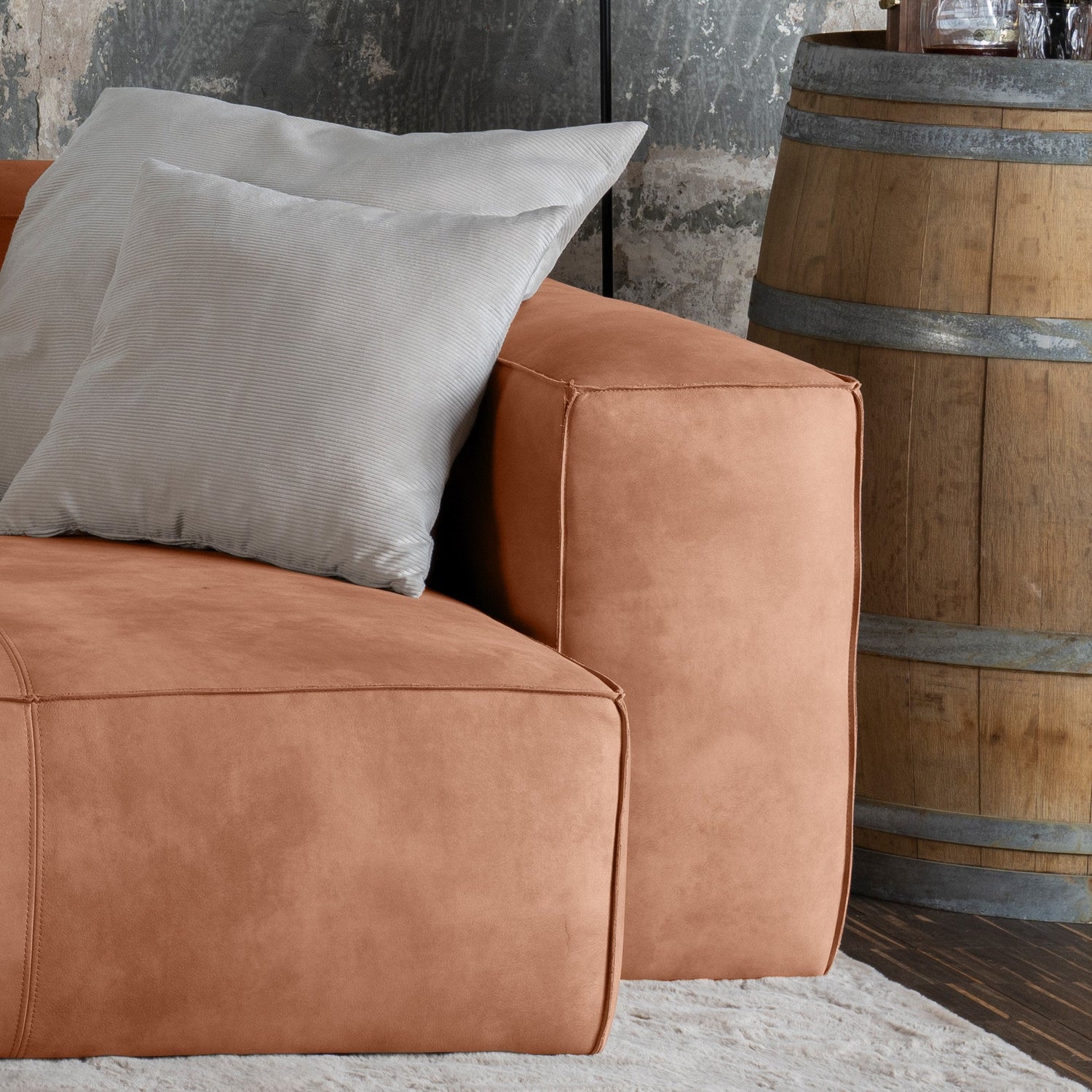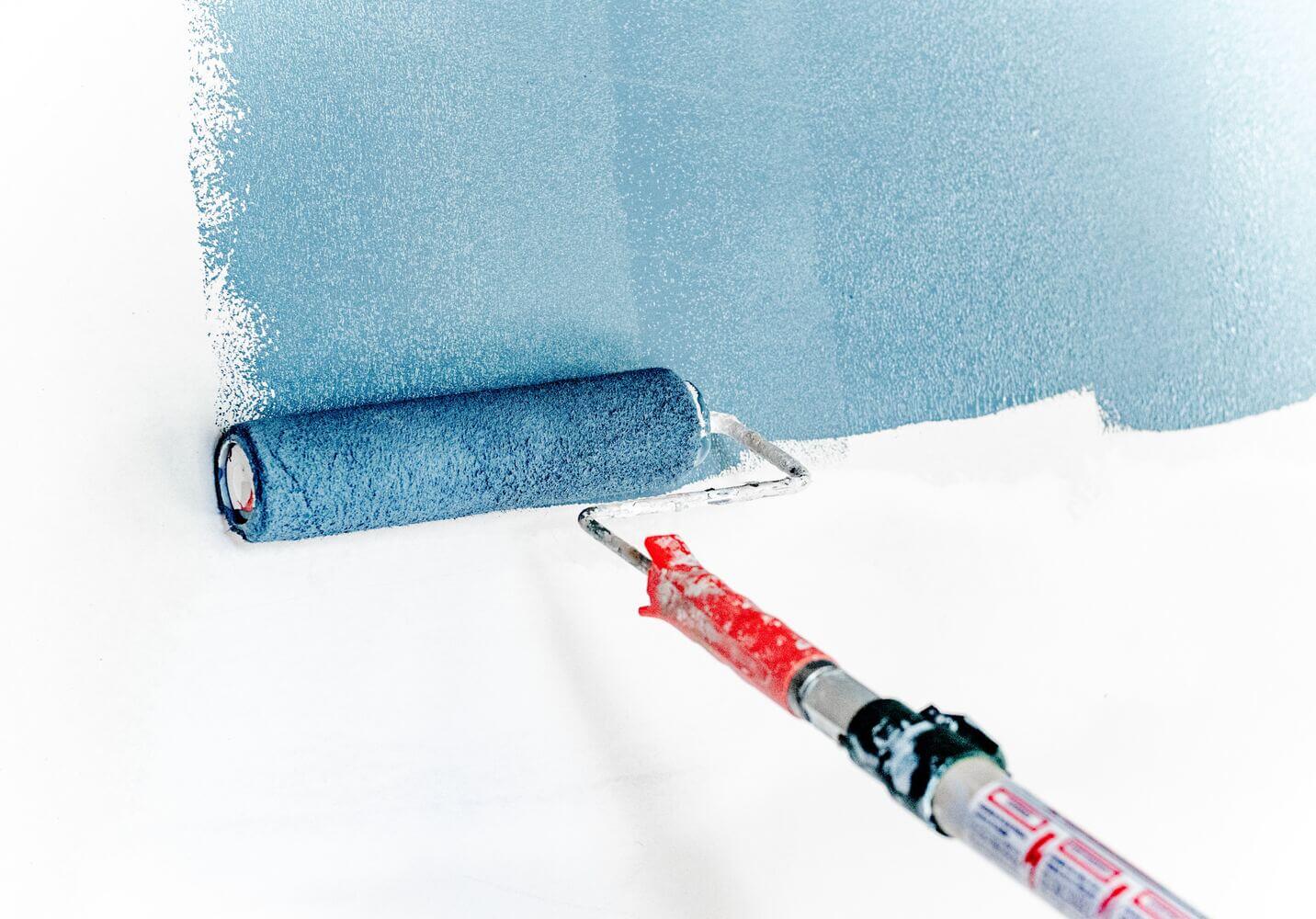When choosing fabrics for furniture, it's important to understand the various properties that can influence their durability and quality. Three commonly discussed characteristics are lightfastness, abrasion resistance, and pilling resistance. In this article, we'll take a closer look at each of these properties and why they matter when choosing fabrics.
What is LightFastness?
When we decorate our homes, we want to ensure they stay beautiful and colorful for a long time. Lightness is the ability of a fabric to retain its color and brightness despite exposure to sunlight. A light fabric retains its color and doesn't fade over time. This is especially important because sunlight contains harmful UV rays that can cause fabric colors to fade.
The importance of light fat in fabrics
Why is lighting so important? Well, no one wants furniture that fades and loses its original beauty after a short time. A light sheen ensures that a fabric's color remains stable and isn't affected by sunlight or other light sources. This is especially important for furniture placed near windows or in rooms with plenty of natural light. By choosing a light fabric, you can ensure that your furniture remains vibrant for years to come.
Factors that influence lighting keys
Several factors can influence the lightness of a fabric. The type of fibers the fabric is made of can make a significant difference. Natural fibers like cotton are generally less light-resistant than synthetic fibers like polyester. The type of dyes and the fabric's color can also affect the light. It's important that manufacturers use the correct dyes and dyeing methods to ensure their fabrics are light-resistant.
Another factor that influences the light intensity is the thickness of the fabric. Thicker fabrics usually offer better protection against UV rays and can therefore retain their color longer. Furthermore, the quality of the fabric also plays a role. High-quality fabrics are often better protected against fading than inferior materials.
An interesting aspect of lighting key is that it's important not only for furniture, but also for clothing. Nobody wants their favorite clothes to lose their color after a few washes. Therefore, it's important to choose clothing made of lightweight nuclear fabrics to ensure they stay vibrant for a long time.
Various tests are performed to determine the lightfastness of a fabric. One of the most well-known tests is the Xenon Arch Lamp test, in which the fabric is subjected to controlled exposure to artificial sunlight. The lightfastness can be assessed by monitoring the fabric's color changes.
Ultimately, lighting is a key factor when choosing furniture and clothing. By choosing light materials, you can ensure that your furniture and clothing retain their color and beauty for a long time.
Abrasion resistance and its role in the textile industry
Durability is another important characteristic of furniture fabrics. When we use our furniture, we inevitably experience a certain amount of wear and tear. High abrasion resistance ensures that the fabric can withstand these stresses and doesn't wear out or become damaged quickly.
A fabric's abrasion resistance is usually measured using the Martindale test. In this test, the fabric is rubbed against an abrasive surface to determine its resistance to wear. The higher the number of Martindale cycles a fabric can withstand, the more durable it is. Most upholstery fabrics have an abrasion resistance of at least 15,000 Martindale cycles. Livom offers fabrics with an abrasion resistance between 45,000 and 100,000, which is very high.
Discover our modular and sustainable sofas
To improve the wear resistance of your fabrics, manufacturers often use special techniques and materials. One way is to treat the fabric with a protective finish, which provides an extra layer of protection against wear. Another approach is to use special fiber blends that can offer greater abrasion resistance. When buying furniture, look for fabrics with high abrasion resistance to ensure they last a long time.
Aside from the furniture industry, abrasion resistance also plays a significant role in other areas. In the clothing industry, for example, it's crucial that fabrics are durable to ensure a longer lifespan. High abrasion resistance is especially essential for outdoor clothing exposed to extreme weather conditions.
Another area where wear resistance is crucial is the automotive sector. Car seats and interior upholstery must withstand constant stress, whether from passengers getting in and out of the car or daily use. Therefore, it's important that the fabrics used have high abrasion resistance to ensure their durability.
Abrasion resistance is also crucial in the sports industry. Sportswear and equipment such as backpacks must withstand the high loads associated with athletic activities. High abrasion resistance ensures that products last a long time, even under intensive use, and provide athletes with reliable performance.
Wear resistance also plays a significant role in the construction industry. Floor coverings, such as carpets or laminate, must withstand normal stress and therefore must have high wear resistance. This ensures that the floor covering continues to look good, even after a long lifespan, and maintains its functionality.
In summary, abrasion resistance is a crucial property of fabrics in various industries. Whether it's furniture, clothing, automotive, sports, or construction, high abrasion resistance guarantees a longer lifespan and better performance of products.
Pilling resistance: an important aspect of material quality
Pilling is a common problem for fabrics, especially those that are heavily used. Pilling occurs when small lumps or fluff form on the fabric's surface. This can affect the fabric's appearance and feel, making it less attractive.
To understand the problem of pilling, it's important to consider the various factors that can lead to it. The type of fiber the fabric is made of plays a crucial role. Natural fibers like cotton and wool are generally more prone to pilling than synthetic fibers like polyester or nylon. This is because natural fibers tend to get caught and bond more easily.
Besides the fiber type, webbing technology also plays a role. Different webbing techniques can have different effects on pilling resistance. For example, fabrics with a smooth surface, such as satin or taffeta, tend to pill less than fabrics with a rough surface, such as terry or flannel.
Another important factor is the surface treatment of the fabric. Manufacturers can use various methods to improve pilling resistance. One option is to treat the fibers before weaving to make them more resistant to knot formation. This can be achieved through chemical treatments or mechanical processes such as fiber shearing.
Order a free fabric pattern here and find the right fabric for your living room.
What causes pilling in fabrics?
Pilling occurs when loose fibers become trapped and bind together on the fabric's surface. This can be attributed to several factors, including the type of fibers the fabric is made of, the type of webbing technology, and the fabric's surface treatment. Manufacturers attempt to minimize pilling by using fabrics with low pilling sensitivity and developing specialized fiber blends.
Another factor that can favor pilling is the type of use the fabric is used for. Fabrics exposed to heavy friction or wear, such as upholstered furniture or frequently worn clothing, are more likely to pill. Therefore, it's important to pay attention to good pilling resistance when choosing fabrics for such applications.
Methods to increase pill resistance
To improve the pilling resistance of fabrics, manufacturers use various techniques. One method is to treat the fibers to make them more resistant to knot formation. This can be achieved through chemical treatments or mechanical processes such as fiber shearing.
Another approach is to use special yarns that are less prone to pilling. These yarns can consist of a blend of different fibers or have special coatings that prevent the formation of lumps.
Besides fiber treatment and the use of specialized yarns, web technology can also impact pilling resistance. By using web techniques that allow for tighter fiber bonding, the risk of pilling can be reduced.
When buying furniture, it's important to choose fabrics with good pilling resistance to ensure they stay beautiful for a long time. Some manufacturers even offer special anti-pilling guarantees to underscore the quality of their products.
Summary: the significance of these properties for fabric selection
When choosing furniture fabrics, it's important to ensure they resist properties such as light grease, abrasion, and pilling. These properties can significantly impact the lifespan and quality of your furniture. By choosing Lightfast fabrics, you can ensure your furniture retains its color for years to come. Achring fabrics can withstand the stresses of everyday life without wearing out quickly. And good pilling resistance ensures your furniture stays beautiful for a long time, without any lumps or fluff.
The role of light fat, wear resistance and pilling resistance
By paying attention to these properties, we can ensure our furniture is of the highest quality and durability. Each of these qualities plays an important role in choosing furniture fabrics and should be taken into account.
Tips for choosing fabrics based on these properties
When buying furniture, look for fabrics that are lightweight, have high abrasion resistance, and are pill-resistant. Talk to a consultant at the Livom showroom or manufacturer to learn about the fabric's properties. Also, remember that the environment in which the furniture will be placed can play a role. For example, if you're looking for furniture for a room with a lot of sunlight, pay particular attention to lightweight fabrics. With the right fabric selection, you can ensure that your furniture not only looks beautiful but also lasts for a long time.





